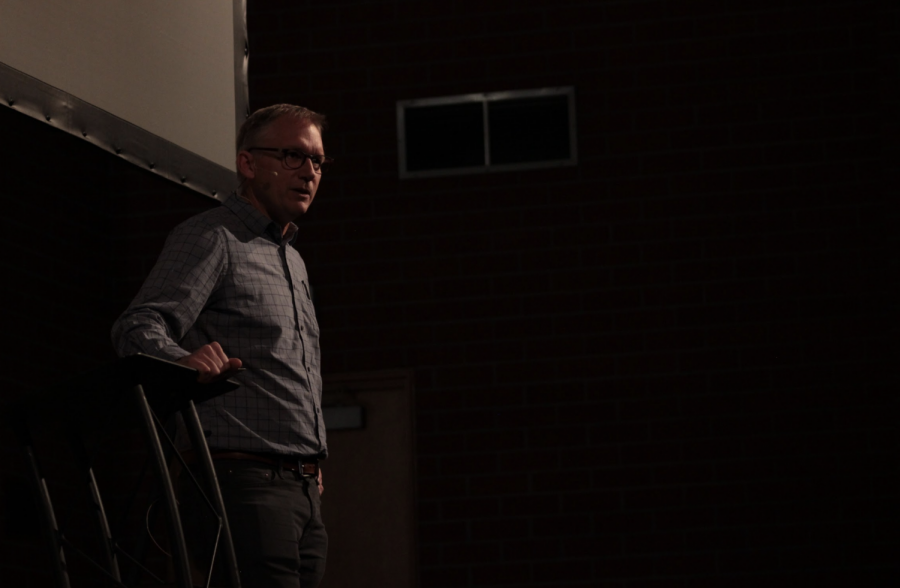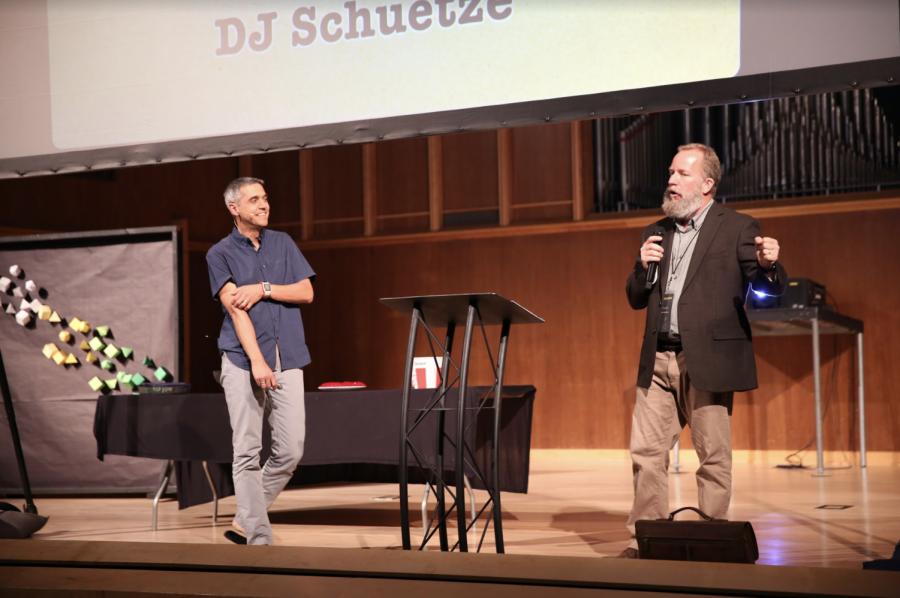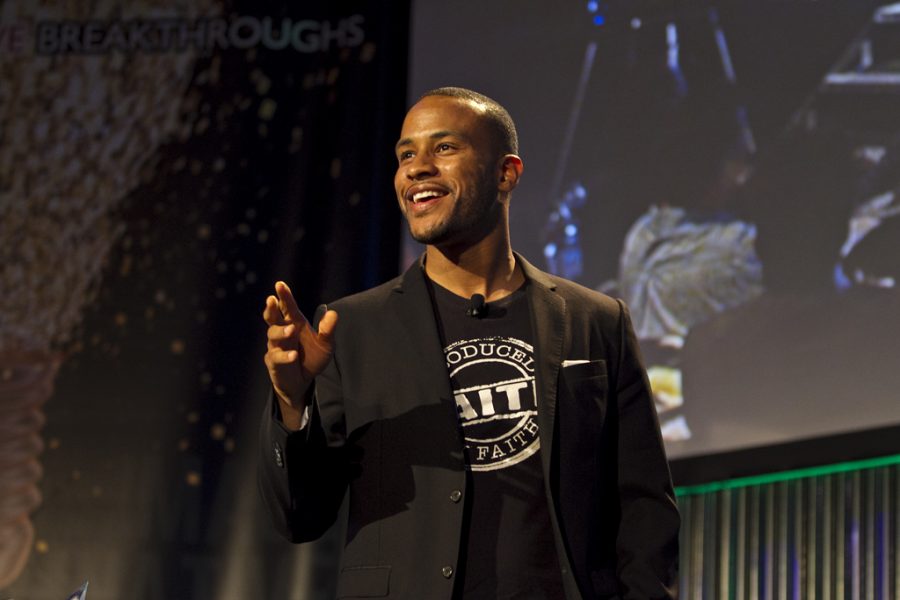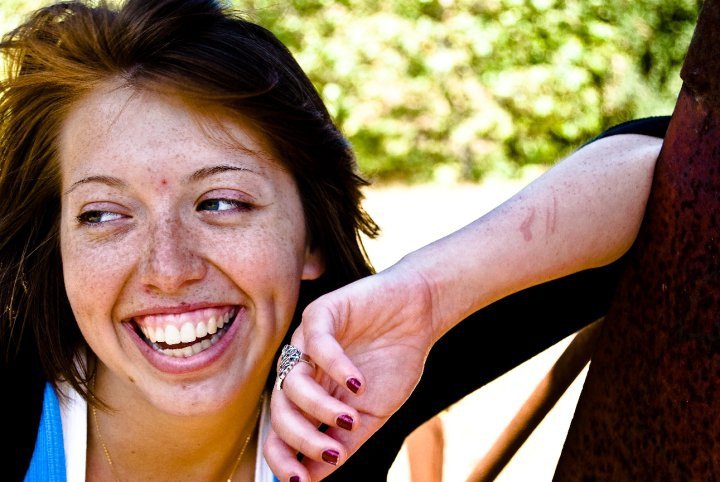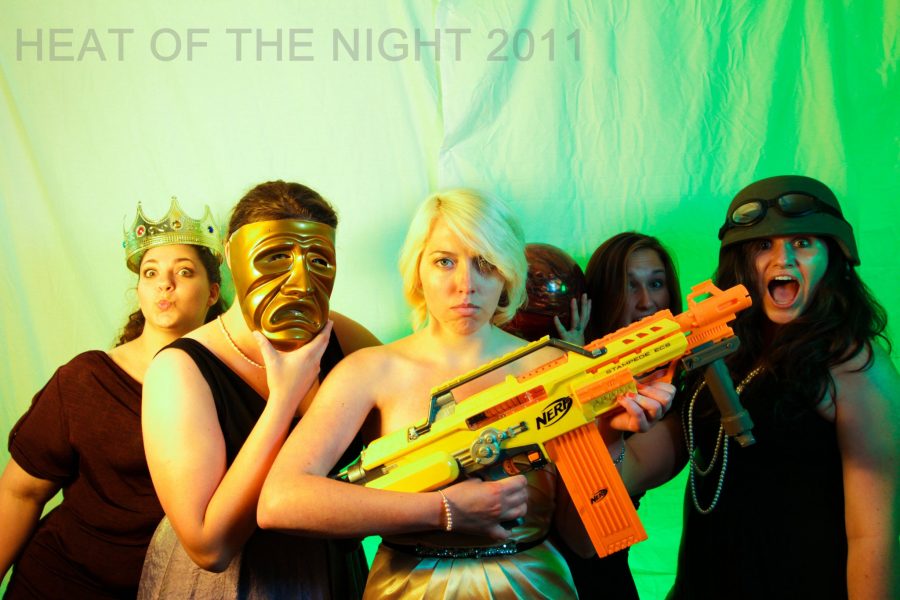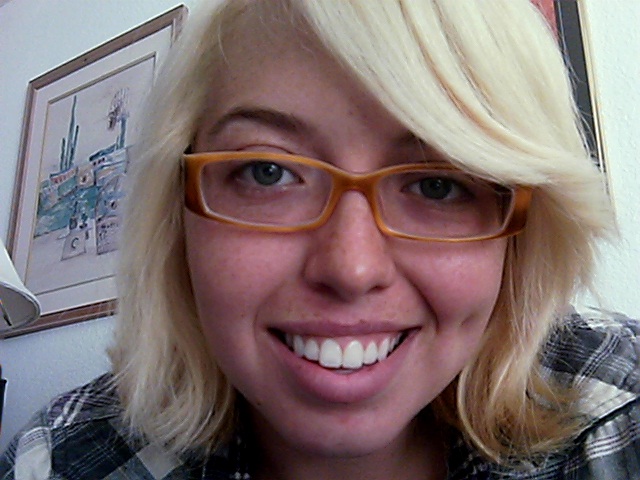"Je vous presente Jarvis Greiner. Il est canadien et habite a Edmonton, Alberta."
Let me translate: "I present Jarvis Greiner. He is Canadian and lives in Edmonton, Alberta." Why the French? Well, you see, I met Jarvis in French 101. Turns out Jarvis plays baseball, and I thought to myself, “I talk to this guy every day in French anyway, I may as well interview him.” However, since the extent of my French is introducing myself to people and telling them the pencil is mine, I admit I did end up interviewing Jarvis in English.
I was slightly more nervous interviewing Jarvis than my previous interviewees, simply because I had no story in mind prior to the interview. For my first post, I was interviewing brothers, for my second it was a freshman. This time all I knew was that he was Canadian. However, by a stroke of serendipity, my interview proved anything but disappointing.
Meet Jarvis
Jarvis is a junior from Edmonton, Alberta. His family dwells in a homely igloo, travels by bobsled, and has a pet polar bear. Jarvis was born holding a hockey stick, and until he moved to Biola his diet consisted of bacon and maple syrup.
The sad thing is that some of you who have only “heard” about Canada may not realize I’m joking. Canada is indeed a normal place full of normal people. Jarvis said he lives in the outskirts of Alberta “where the mountains meet the prairies,” a place he says he misses a lot. Jarvis admitted that like the stereotypes say, Canada winters can reach -60 degrees, but the summers are also amazing. “Extremes,” he called the seasons.
As you may have guessed, Jarvis grew up playing hockey. In fact, he had a scholarship to play hockey at Ohio State, something he was planning on doing. But in his senior year of high school Jarvis broke his collar bone, ending his hockey career before it could even begin. But Jarvis (who played eight sports in high school) also loved baseball. Turns out, he wasn’t that bad at it either. In fact, he played for “Team Alberta” when his team won silver at the Canada Summer Games. This was enough to earn him scholarships to D1 schools in (among other places) Florida, Washington, and California.
A change of plans…and some quantum physics
But just as Jarvis’ Ohio State plans didn’t work out, neither did these D1 schools. You see, Jarvis wanted to be a film major. That cut down his options, but didn’t eliminate them altogether, except for his last stipulation. Jarvis wanted to attend a Christian college. He wasn’t looking to come to California, in fact, he was looking all over the US. California was an “added bonus,” Jarvis said. Biola had a film major, a good baseball program/scholarship, and statistics.
Statistics? Where did that come from? Well you see, despite common thought, athletes can also be smart. Jarvis is proof. He said the third reason he came to Biola is because there were people here who could help him – get this – publish his “curveball quantification theory.” This is a theory which measures the different aspects of a curve ball, and helps pitchers and coaches evaluate how “good” a curve ball is. That’s right, you know all those smart people you read about in your textbooks who invent theories? Jarvis is one of those guys. In fact, his theory was recently published by the University of California Berkley. He hopes to eventually see it used by ESPN.
Following his dream despite the obstacles
So what does all of this mean for Jarvis, a guy from Canada who loves baseball, film, and statistics? “What would your perfect job be after college?” I asked. “I want to be a professional baseball player.” The words came out almost before I could finish the question. It’s the dream of thousands of kids around the world. A dream the average kid forgets. A dream most of the rest give up on. A dream Jarvis is still striving for.
But, like hockey, this dream has had its share of obstacles. After a promising freshman year of pitching for Biola, Jarvis again suffered injury, this time in his pitching arm. Jarvis talked about his last game as if he could still see it happening. It was the bottom of the ninth and he was the closing pitcher. “I couldn’t feel my arm,” Jarvis said. “I just couldn’t throw strikes.” Jarvis gave up a couple of hits and ended up walking in the winning run for the other team. “I walked off the field and the coach told me I was done,” he said. Jarvis said he felt defeated walking away from that field, and even more so as the doctors agreed he would probably never be able to pitch again.
Jarvis went into last summer not knowing what this fall would bring. After playing catch throughout the summer, Jarvis said his arm was feeling better, and he began to try throwing harder. Somehow, the throwing speed was coming back without the pain. Jarvis returned to Biola this fall with renewed hope. Biola’s baseball tryouts and scrimmages have now begun, and Jarvis is back out there on the field; healthy and chasing his dream.
Baseball backup: film and physics
Even Jarvis admits that professional baseball is still a long shot. That’s what film is for. Turns out Jarvis’ second best dream is to be a director. “I love to create,” he said. But even this dream will take a lot of hard work and patience. “I’m a patient guy,” Jarvis said, understanding the competitiveness of the job. So what until then? What does life look like after college? Well, it’s really a combination of baseball and film as Jarvis hopes to work in sports television behind the camera. Jarvis said his knowledge of film and sports are a great combination and will hopefully open many doors, perhaps even sharing his “curveball quantification theory” with his viewers.
Jarvis’ life has been a curve ball of its own. Injuries have plagued his careers and shaped the outcome of his life. What has Jarvis learned? “It’s not your decision,” he said. “You can’t control everything.” Jarvis knows this better than anyone. This doesn’t mean he has given up trying. “I’m still working hard,” he said, but “when you give it up to God; that’s when you see His work.”




